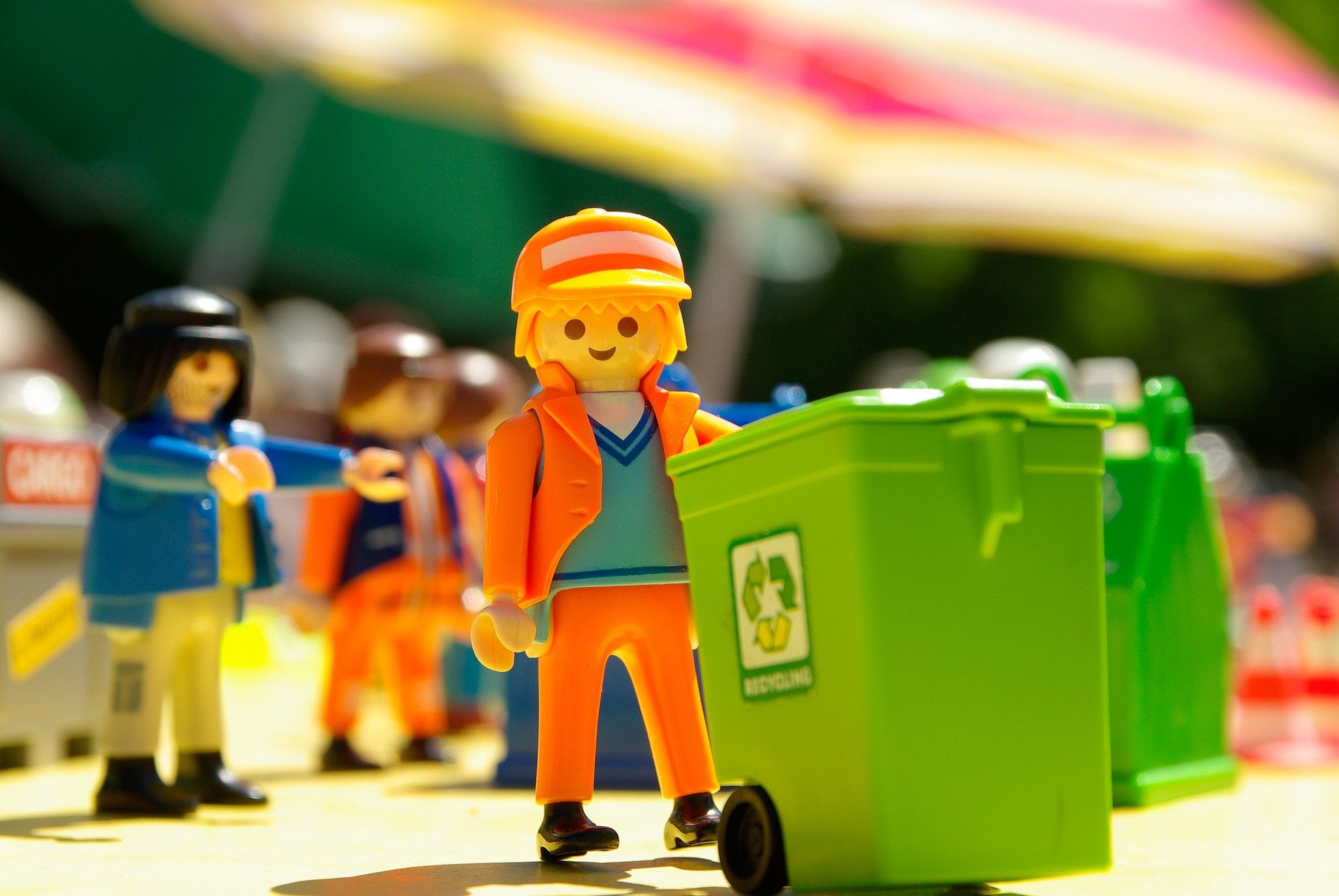Refresher on Recycling

Recycling 101
With the recent Earth Day celebrations on April 22 being confined to home-based activities, it seemed like a good time to focus on an initiative that almost everyone participates in – recycling. This is a topic that even the most environmentally-focused individuals and organizations seem to struggle with, and they are not alone. A 2019 study commissioned by Covanta found that 62% of survey respondents worry that a lack of knowledge is causing them to recycle incorrectly. This is completely understandable considering what you can recycle varies from locality to locality based on haulers, sorting facilities, and local market demand. It is up to the consumer to research their area’s recycling guidelines which can often be unclear, confusing, and difficult to find. It also relies on consumers being environmentally conscious enough to research recycling information in the first place.
In addition to this lack of knowledge leading to bad recycling practices, the change from source separated to single stream recycling programs has put a strain on the recycling industry. According to the National Waste and Recycling Association, 25% of recycled materials received at sorting facilities are contaminated and ultimately end up in the landfill. This contamination increases the cost for sorting facilities to process recyclables and decreases the value of recyclables entering commodity markets. This 25% contamination rate is additionally a main barrier to meeting China’s stricter rules on the materials it will accept, which includes a 0.5% maximum on recycling contamination. With China historically being one of the biggest markets for U.S. recyclables, this puts a big strain on the industry.
While the recycling industry is taking action to address these challenges by expanding the markets where they sell recyclables (especially domestic markets), improving sorting facility operations to better remove contaminants, and increasing education efforts, consumers have an important role to play. There are some basic guidelines that individuals and businesses can follow to ensure the materials they recycle make it to their next life and not in the landfill.
For curbside recycling programs:
Do Recycle:
- Plastic bottles and containers
- Empty and rinse, replace cap
- Glass bottles and containers
- Empty and rinse, dispose of caps in landfill trash
- Aluminum and steel cans
- Empty and rinse, remove paper labels
- Mixed paper
- No shredded paper
- Flattened cardboard and paperboard boxes
- Remove tape and labels, no food contaminated items
Do Not Recycle:
- Bagged recyclables
- Loose plastic bags
- Food or liquids
- Items less than 2 inches in length or width
- “Tanglers” like cords or strings
- Biodegradable/compostable materials
- Dangerous items like electronics, propane tanks, needles, or broken glass
Check locally for programs to recycle specialty items, including:
- Plastic bags and film
- Drop-off programs at most grocery stores, remove stickers and receipts
- Food and beverage cartons
- Accepted by some curbside programs, but not all
- Batteries and bulbs
- Drop-off programs at many hardware stores, bulbs cannot be broken and batteries cannot be leaking
- Electronics
- Drop-off programs at many office supply stores, ensure you clear hard drives and remove memory cards before recycling
Following these basic guidelines can help sorting facilities operate successfully, meaning more materials making it to commodity markets and fewer materials ending up in the landfill – an environmental and economic win!
Some helpful recycling resources:
- Earth 911: https://earth911.com/
- How2Recycle: https://how2recycle.info/
- Keep America Beautiful: https://berecycled.org/search/